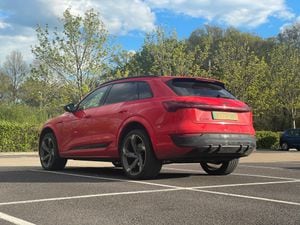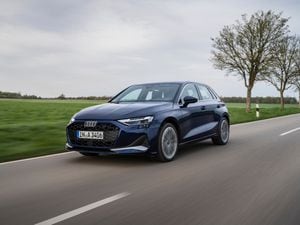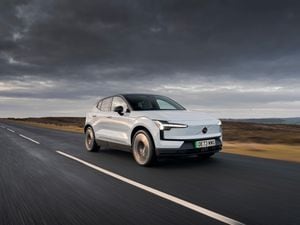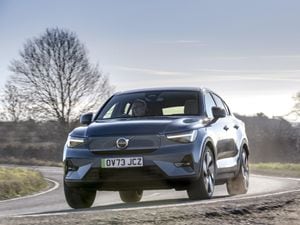UK Drive: Jaguar’s E-Pace is a stylish option in the compact SUV segment
Jaguar’s baby E-Pace may be the smallest SUV in its range, but can it offer big-car practicality and drive? Jack Evans finds out
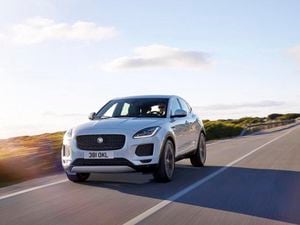
What is it?
Coming in as the smallest SUV Jaguar’s range of SUVs, the E-Pace forms an offering for those people who want to sit up high yet without having to deal with an unwieldy, difficult-to-park car. However, Jag has made sure to make the E-Pace look purposeful while instilling it with a small amount of the sports car charisma found in its F-Type.
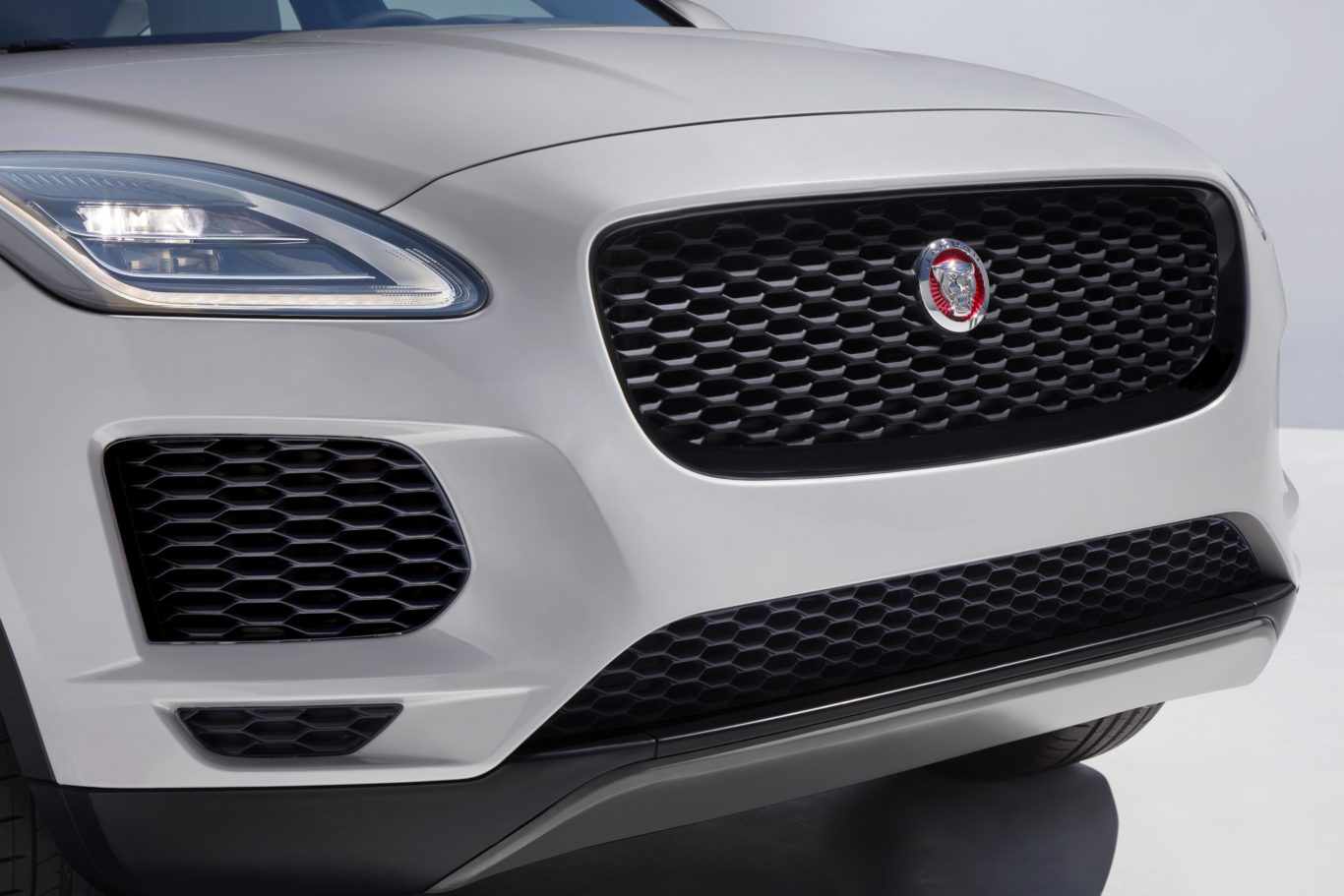
Available with a range of petrol and diesel engines, as well as two- or four-wheel-drive, the E-Pace should be able to offer something for everyone – but is this the case? We’ve got behind the wheel in the UK to find out.
What’s new?
There are a variety of new features on the E-Pace. A range of safety assistance systems have been included on the baby Jag, with emergency braking with pedestrian detection and lane keeping assist combining with a blind spot assistance system and reverse traffic monitor to contribute to the car’s excellent five-star NCAP safety rating.

Our car also benefitted from the inclusion of the ‘Connect Pro Pack’ which adds a 4G wi-fi hotspot – which is ideal for those families who like to stay connected on the move. You also get Jaguar’s Navigation Pro system, which gives real-time traffic information and displays street parking availability, which is handy for those living in urban areas.
What’s under the bonnet?
Though a range of petrol and diesel engines are available, our test car came fitted with a 247bhp 2.0-litre turbocharged petrol engine. It sits underneath the range-topping 298bhp unit, but still manages to give the E-Pace a certain amount of spring in its step. A healthy 365Nm of torque is sent to all four wheels via an eight-speed automatic gearbox, pushing the E-Pace to 60mph in a respectable 6.6 seconds and onwards to a 143mph top speed.
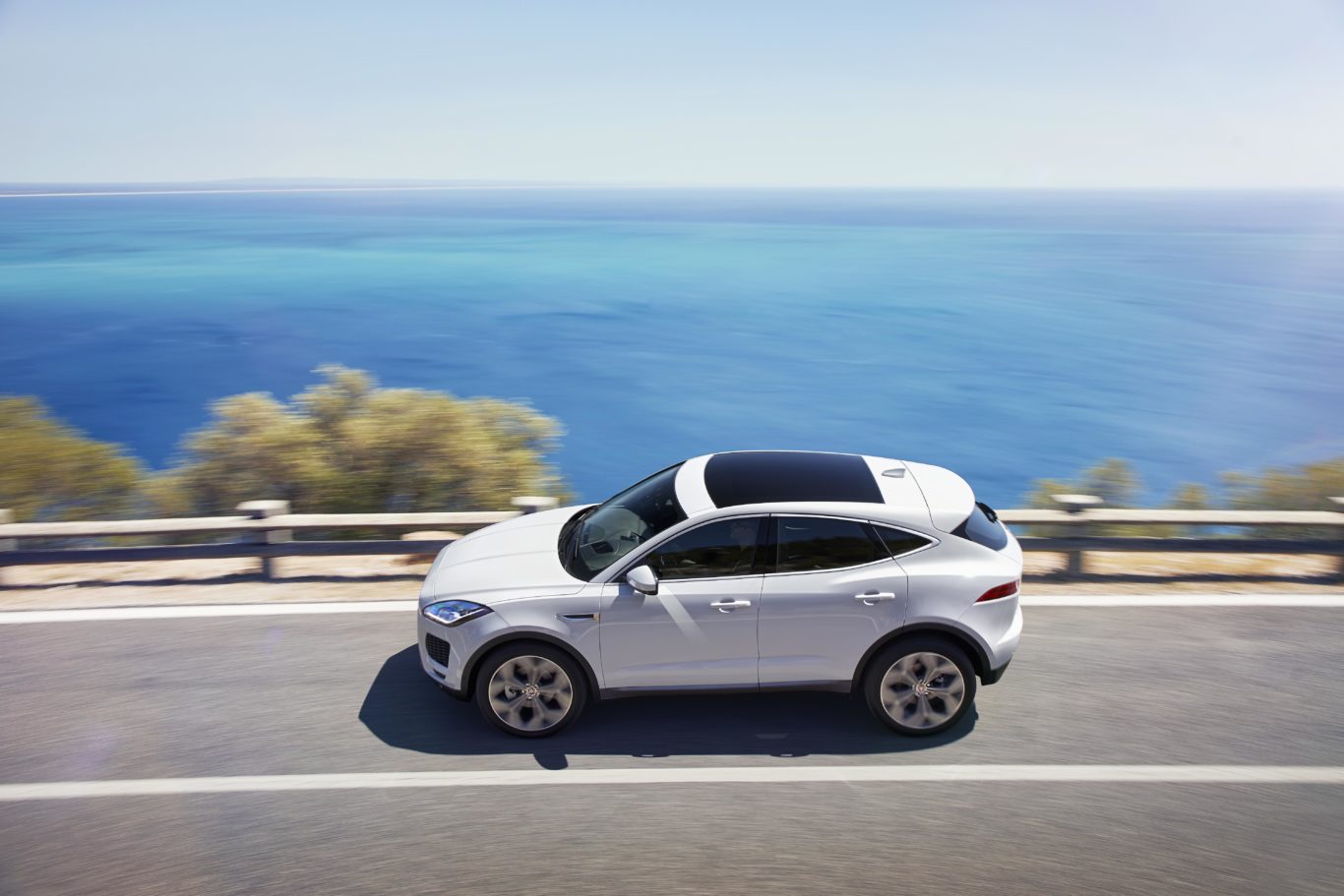
Jaguar claims that it’ll return 36.7mpg combined too, while emitting 174g/km CO2. It’s a surprisingly punchy unit, and gives the E-Pace a decent whack of performance – more than you’d expect from a car in this class, in truth.
What’s it like to drive?
Driving the E-Pace is as you’d expect; predictable and safe. The steering itself has a good amount of weight to it, making it easy to accurately place the car on the road. It hasn’t got much feel, but then we’ve come to expect this of modern steering systems.
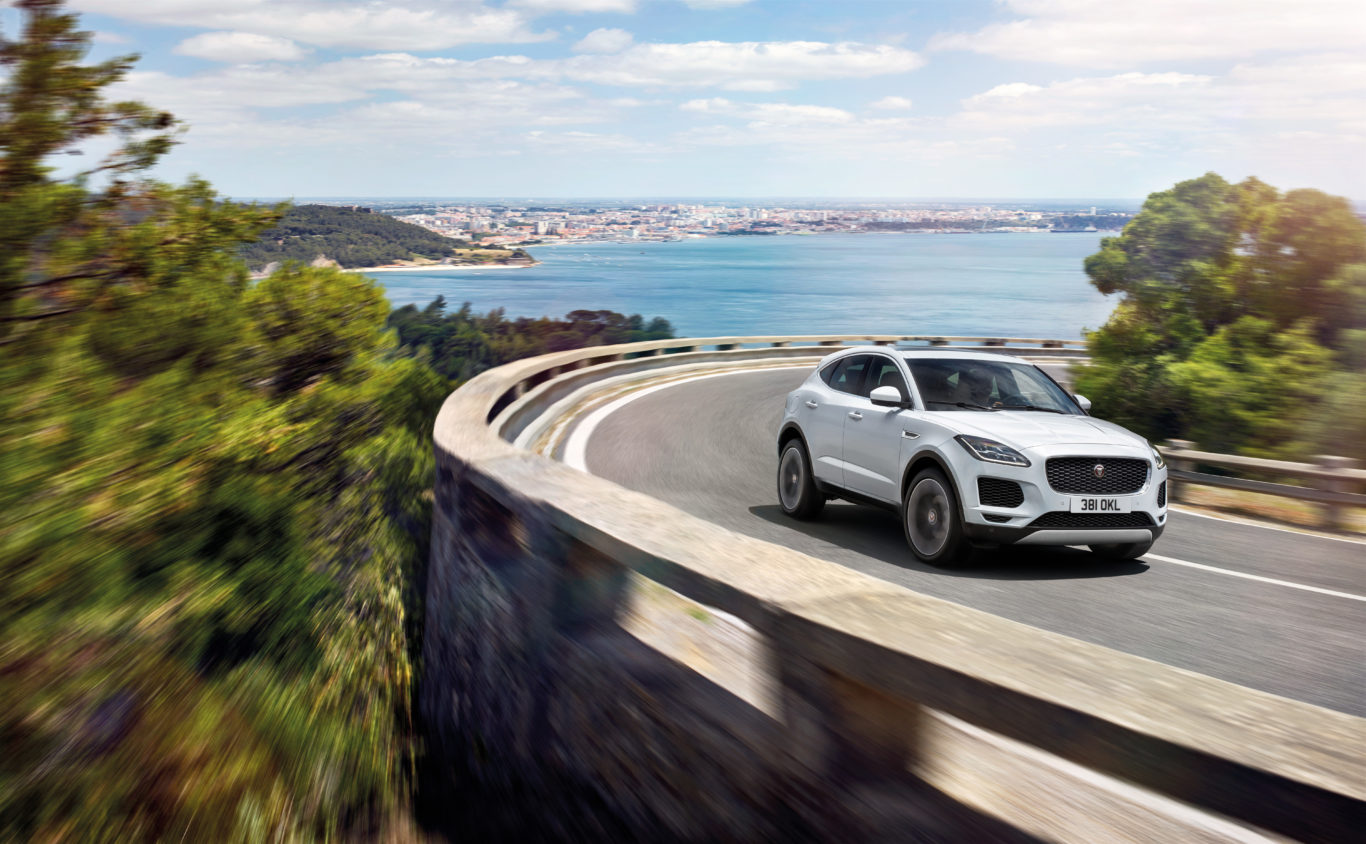
The ride is firm around town, which is no doubt worsened by the inclusion of 20-inch alloy wheels on our HSE R-Dynamic specification car. It does mean that it feels a touch fidgety when driving at lower speeds, though the ride settles down on the motorway. Once you’re there, the cabin remains quiet and is only impeded by a small amount of tyre road.
The 2.0-litre turbocharged petrol engine is also impressively punchy, though it’s let down at times by the gearbox which lags and struggles to deliver power exactly when requested – this is noticeable most when pulling away from junctions or trying to exploit gaps in the traffic.
How does it look?
Jaguar says that it’s transferred a lot of the design from its F-Type sports car to the E-Pace – check out the rear lights and wide, gaping grille for these – and we’d say the result is successful. It’s a compact package, but the E-Pace brings with it a lot of presence, which is no doubt aided in our test car’s case by the aforementioned alloy wheels.
Thought the design does fly quite close to that of the larger F-Pace, it’s still a recognisable car in its own right. That sharper rear section, coupled with a very short front overhang gives it a much sportier appearance than that of rivals in this segment.
What’s it like inside?
As is the case with most Jaguars, the E-Pace’s cabin is very much focused around the driver, in this case thanks to a large sweeping section of trim which angles the displays, controls and driving mode buttons towards whoever’s behind the wheel. It’s well executed; the buttons feels robust and chunky, while the switchgear is placed in just the right area. It’s fringed with harsher plastics, however, which is a shame as elsewhere through the cabin quality levels are kept reasonably high.

Rear seat legroom is reasonable enough, though it may be a little tight for taller passengers. You’ve also got a 425-litre boot to play with, and though this lags behind rivals in terms of overall size it’s square and easy to access.
What’s the spec like?
There’s a lot of standard kit included on the E-Pace. You get automatic LED headlights, Jaguar’s full sound system and Bluetooth connectivity too. Cruise control is thrown in, which makes longer journeys a little less tasking.
Like we mentioned, our test car came in high-spec HSE R-Dynamic trim level. It gets the upgraded Meridian sound system (which is excellent), and the full Park Pack which adds a full 360-degree parking camera – a particularly handy feature when trying to get the car into tighter spaces. The upgraded 12.3-inch infotainment screen is also good to look at, though it falls a little behind rival systems in terms of user-friendliness.
Verdict
The E-Pace may reside in a flourishing compact SUV segment, but it does make its presence known thanks to good looks, a reasonably involving drive and a good amount of standard equipment. It’s let down somewhat by a choppy low-speed ride and some low-rent interior materials, but on the whole, it’s a product which will undoubtedly appeal to many people. It’s an expensive proposition, that’s for sure, but go easy with the spec and it’ll make a little more sense.

